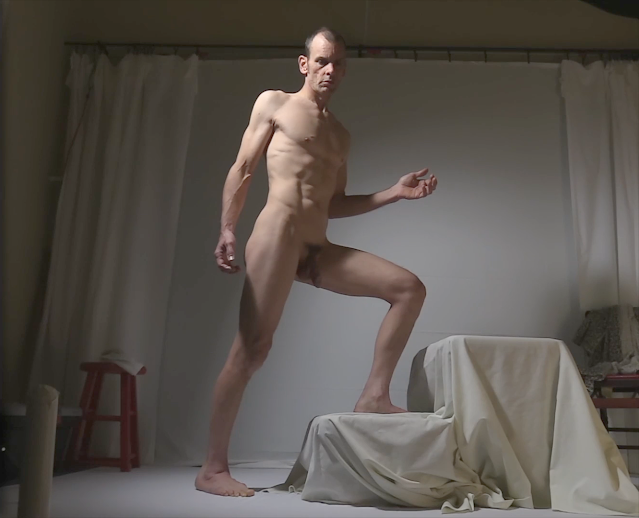The Expressive Figure Assignment
Concept: Applying foreshortening to the volumes of the body.
Materials:
Materials
- Vine or Willow Jumbo Charcoal, Graphite lead, ballpoint pen,crayon
- 90 lb drawing paper 12" x 19" or similar sketchbook
- Faber-Castell Kneaded Eraser
Starting with charcoal or graphite, quickly sketch draw a gestural mannikin of the pose with the emphasis on proportions and action. This should take fifteen seconds or less.
With the template of the mannikin pose as a guide, consider how the volumes of the "peanut", "cylinders, and "ovoid" describe the volumes "in space" and can taper as they move away from the viewer.
Aerial Perspective
Using Structural /Planar analysis draw at least three poses emphasizing "geometric block-like" volumes. Analyze the underlying structure of the different "units" of the body- limbs, torso, head, and pelvis, and create "planar" representations of these units and taper the volumes to recede in space.
























